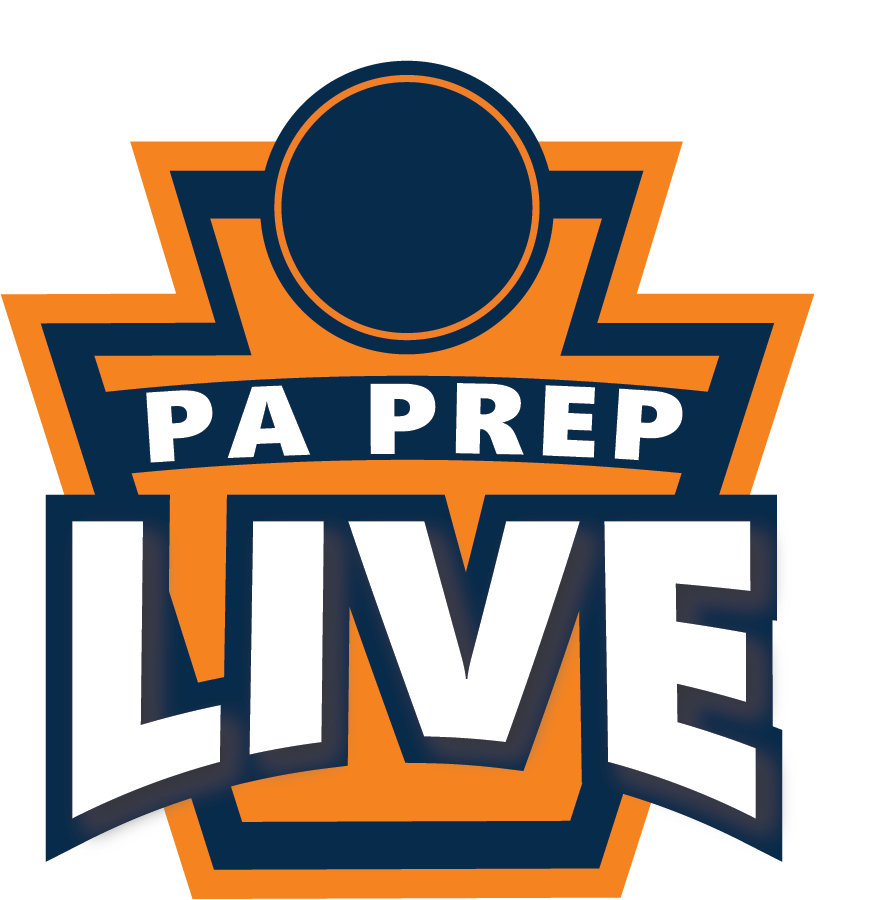
Sans spotlight, veteran Notre Dame team draws strength from within
RADNOR >> Two hours into an intense morning practice, the Notre Dame volleyball team knows what’s coming next.
The drill is called “the whirlpool,” and to a player, it’s identified as their favorite, despite the physical toll it exacts.
The drill is simple in design: Every time the ball goes over the net, the players on the side that just released the ball rotate one position over, adapting to new responsibilities sometimes three or four times in the same point. The execution is much more complex, with the attendant cacophony of voices that attempts to make sense of the organized chaos — who’s where, who’s got ball, what’s the score?
“It’s really tough,” senior co-captain Ali Rae said after a practice last week. “You have to keep talking to everyone the whole entire time. And everyone’s moving every single play, so you’ve got people running in and off the court, and as the setter, I’m trying to keep everyone grounded during it, so it’s a tough one.”
The exercise is a microcosm of what coach Mike Sheridan has instilled in his team en route to four Inter-Ac titles in the last five years and the last two Pennsylvania Independent Schools Athletic Association championships. The more that the Irish go out of their way to challenge themselves, the more bountiful rewards they can reap.

In broad terms, Sheridan understands the need to branch out and invite challenges beyond the slate the Inter-Ac offers. In over a decade at the helm, Sheridan was watched the Inter-Ac transition from the oddball winter season in the 1990s, which precipitated Notre Dame breaking away to play as an independent in the fall for competition’s sake, to the current calendar where the sport isn’t among the most emphasized league-wide. Two schools, Penn Charter and Episcopal Academy, don’t sponsor the sport, drastically limiting the league slate.
That’s why Sheridan fields as many nonleague challengers as can accommodate the Irish. His team participated in preseason play days against some of the Central League’s leading contenders, has standing regular-season dates with teams like Cardinal O’Hara and Archbishop Carroll, and even ventures to measure up with South Jersey powers.
District One’s new points system, which de-incentivizes scheduling non-PIAA opposition by treating them essentially as non-games, makes the task harder. But Sheridan’s efforts to stock the schedule with tests has paid dividends in the past.
“I think it’s hugely beneficial for us to have those tough games in the beginning of the season because that gets us ready for games late in the season, where we’re tired, when we’ve been through two months of the season and some teams might not have the stamina to keep going,” Rae said. “But when we get to November and into playoffs, that helps us out a ton.”
Sheridan hopes this year’s slate will burnish the skills of a veteran squad that features eight seniors but seeks to replace major contributors at two key positions. Rae will step in for four-year starter Cori Cichowicz, while Ashley Haas is tasked with replacing graduated libero Meagan Milligan.
“Cori was a great setter,” Rae said. “She was on varsity for four years, so it’s definitely a lot of pressure to step into her shoes. But I’ve been learning a lot from her since she’s been here, so just stepping up to fill the role is a big deal, and I’m trying to make the best of it.”
“We just have to work hard in the back row,” Haas said. “We did lose a very good libero last year, so definitely the defense has to pick it up and go off of that. We have to keep the energy up during games and just keep going.”
The bright side is that the attack remains largely intact from last year, led by lanky senior Shannon Quigley as the marquee outside hitter. She’s joined by Kristen Rogers and Allison Hendrick, while imposing senior Katy McCullough, who played soccer her first three seasons, is picking up the sport quickly and will use her height in the middle. Dana Kieft is also among the returnees that will bolster the backline with her defensive prowess.
The notion of adversity isn’t anything new for the Irish. The team freely acknowledges that they aren’t the biggest draw on campus, playing a sport bereft of the Inter-Ac prestige of fellow fall competitions like field hockey or soccer.
The Irish have co-opted that self-contained, under-the-radar mentality to create their own identity. That mindset intensifies the pride they derive from their accomplishments, as does that new reality of freshmen entering the program wanting to be a part of the Irish’s winning tradition.
The positive consequence of not being the most popular spectator sport is that the Irish have learned to generate their own momentum. That energy has served them well time and again.
“We don’t get the biggest crowds for our games, so it’s kind of on us and our teammates on the bench just to keep us going,” Haas said. “When you get tired, they keep us going and keep everyone alive.”
“I think our most important aspect is our energy,” Quigley said. “Last year it really helped us, and the year before, as an important thing. And we always stay close as a team, so even if we’re up or down, that energy helps us. …
“We don’t really have the crowds, so it’s kind of just us bringing all the energy. And it helps us as a team.”

